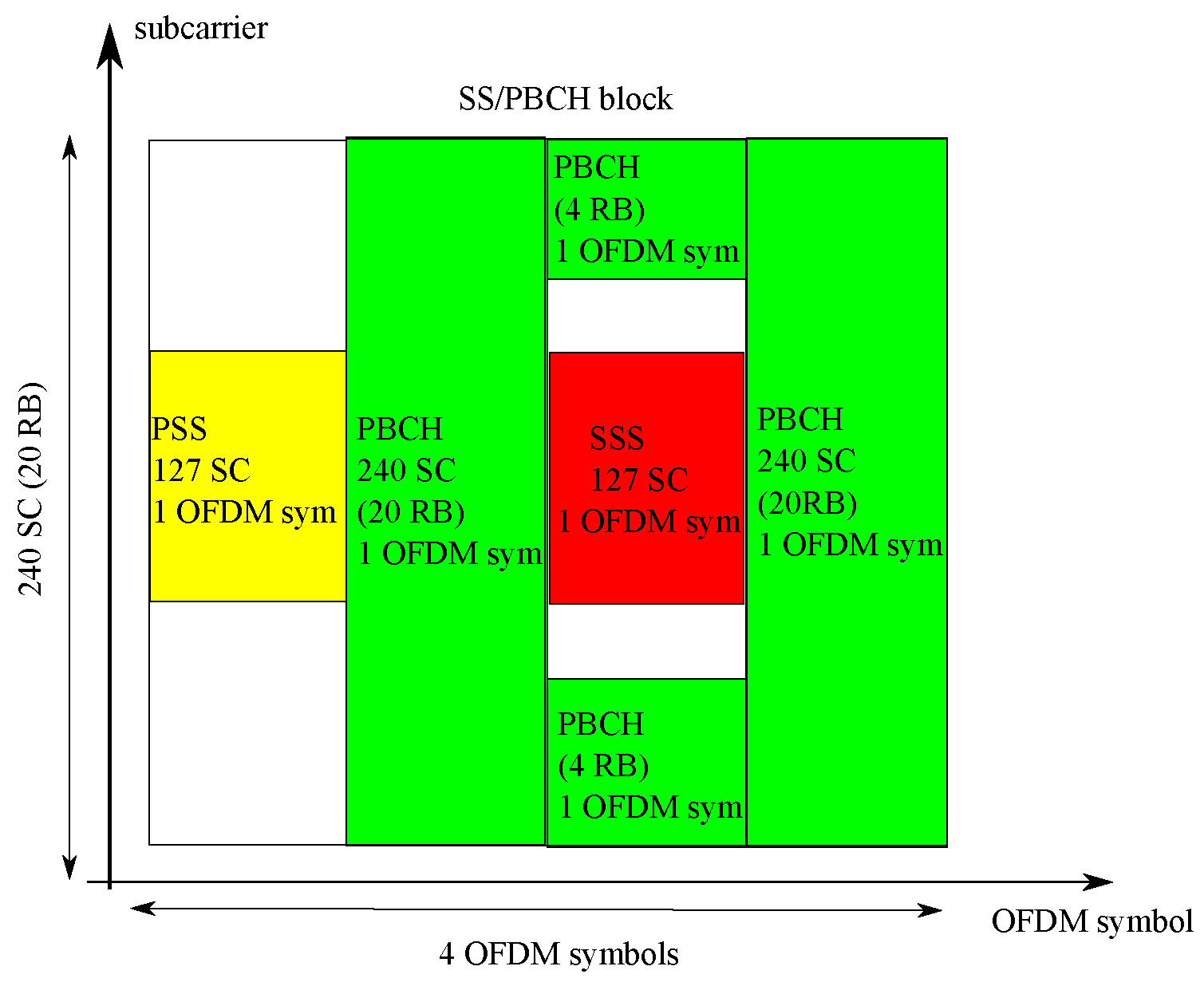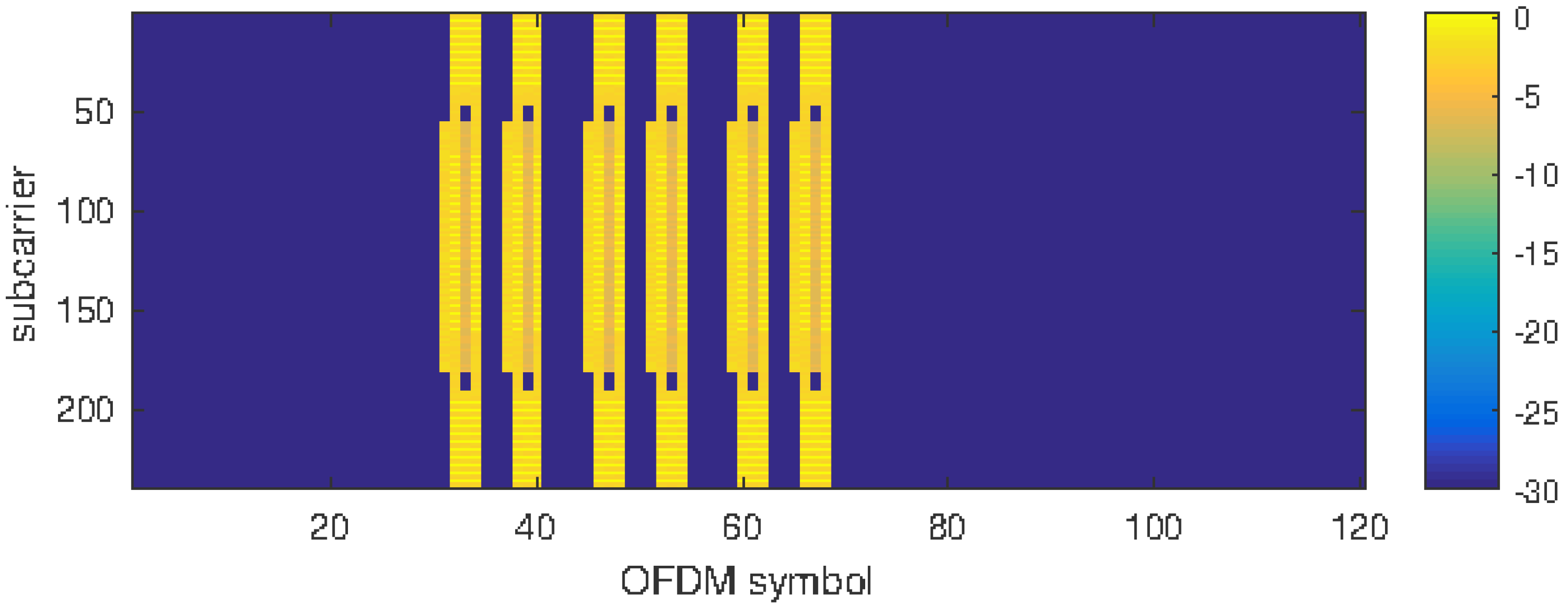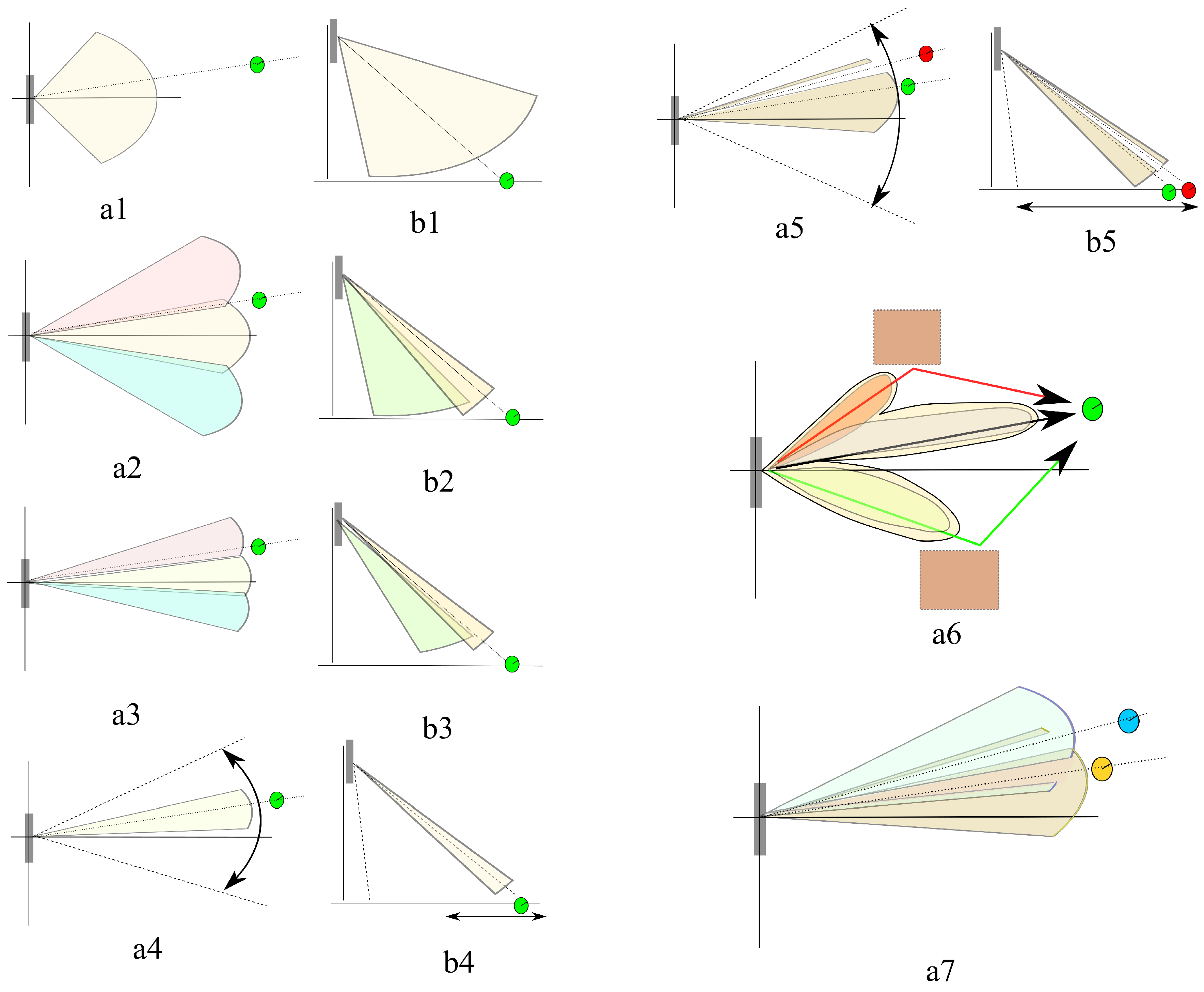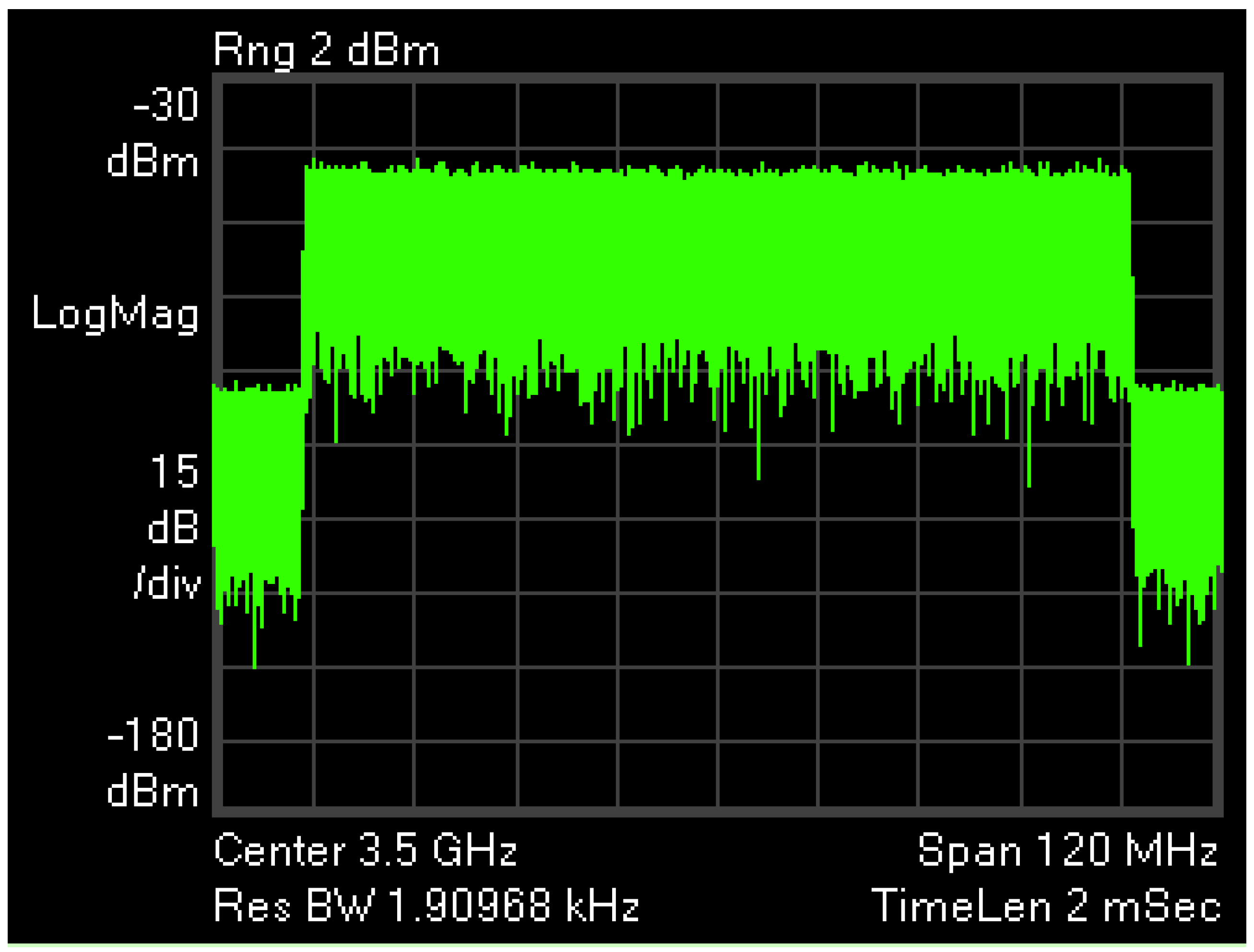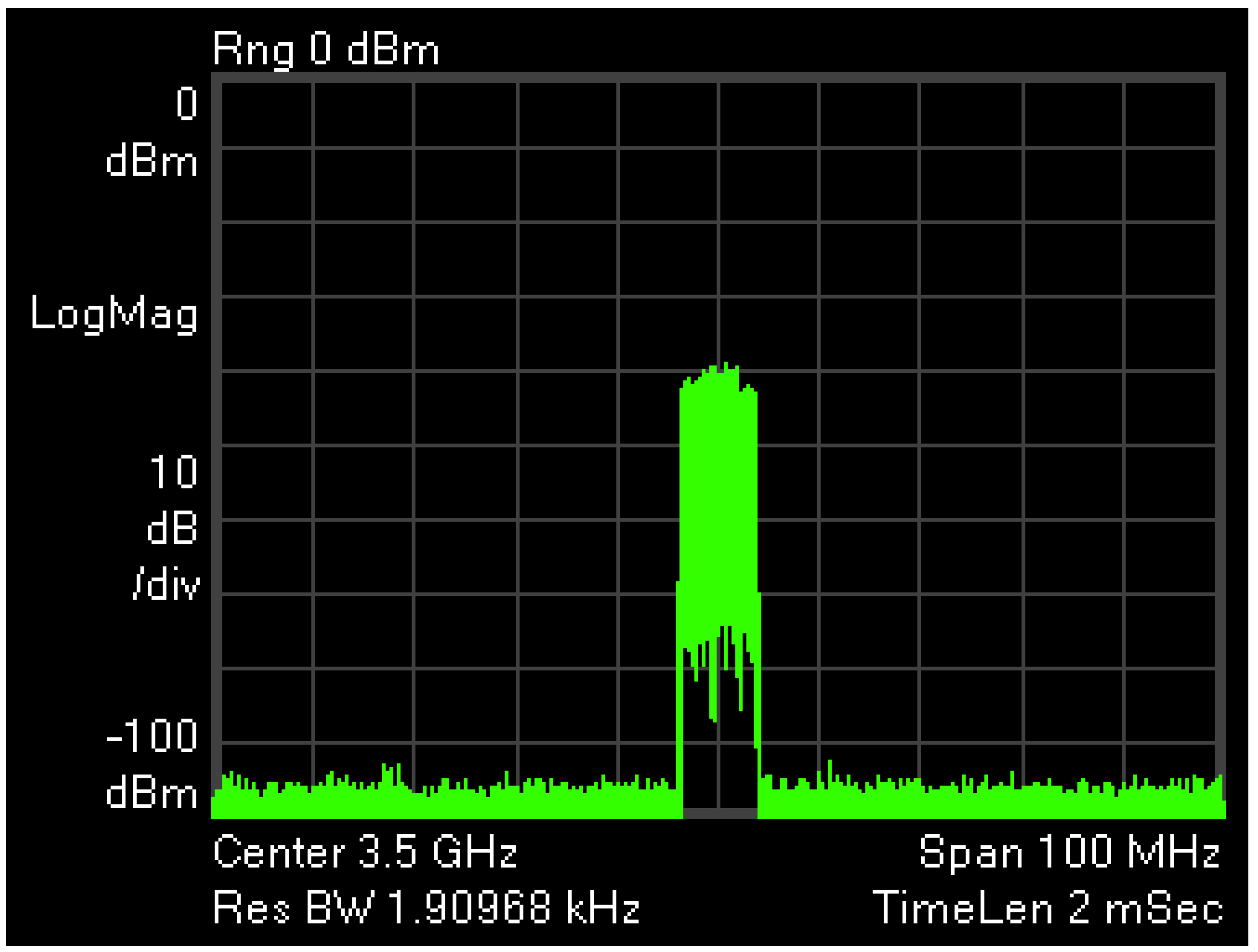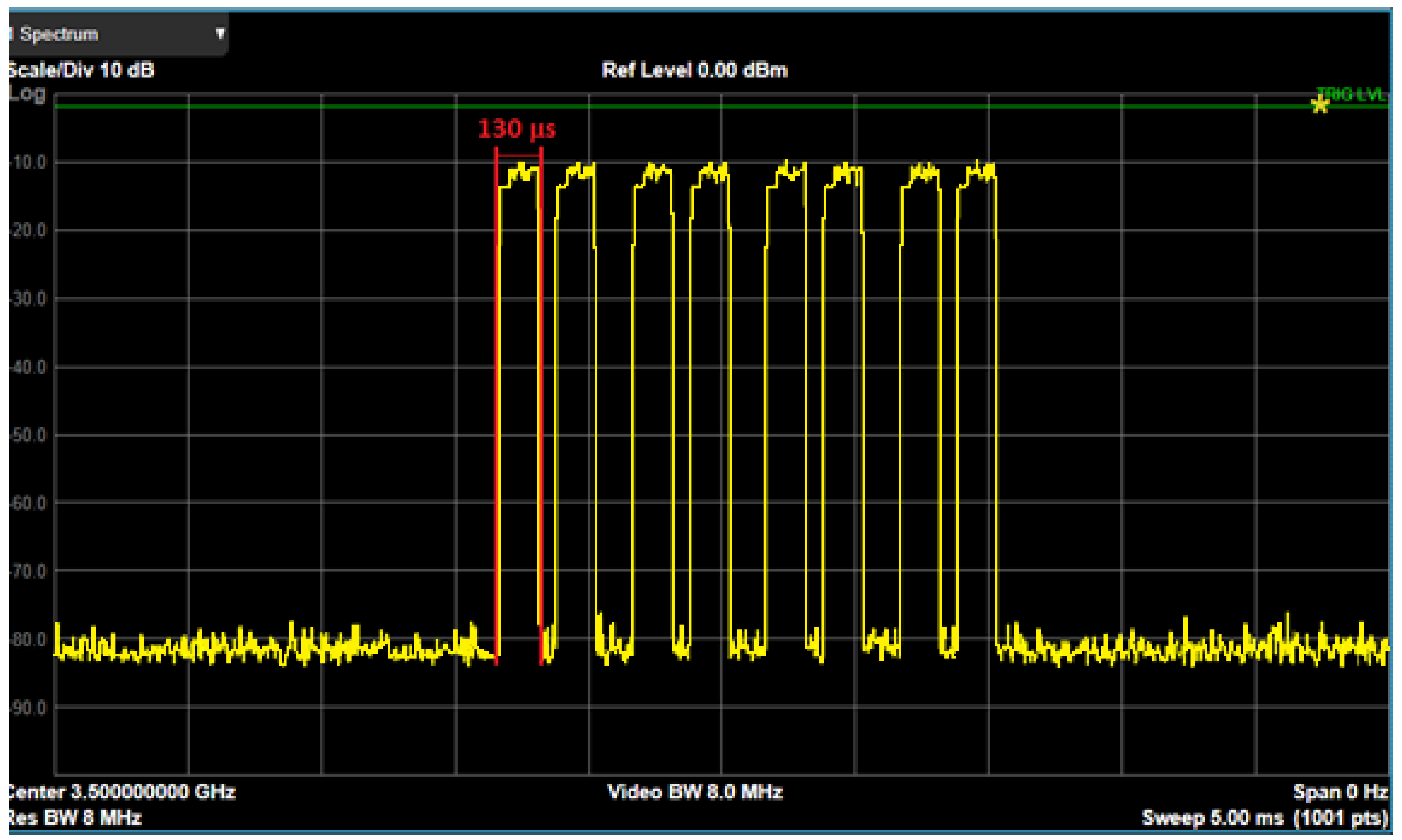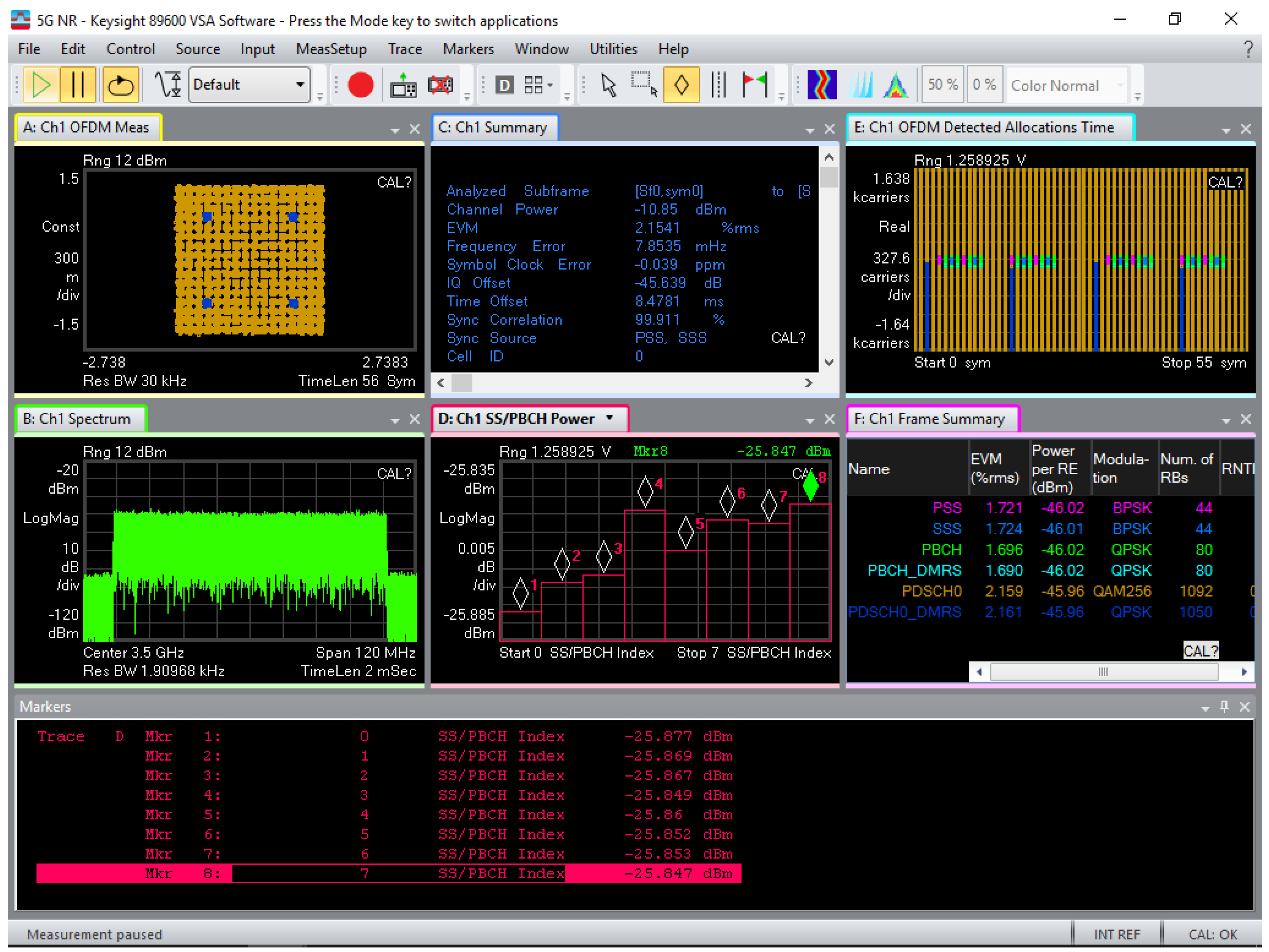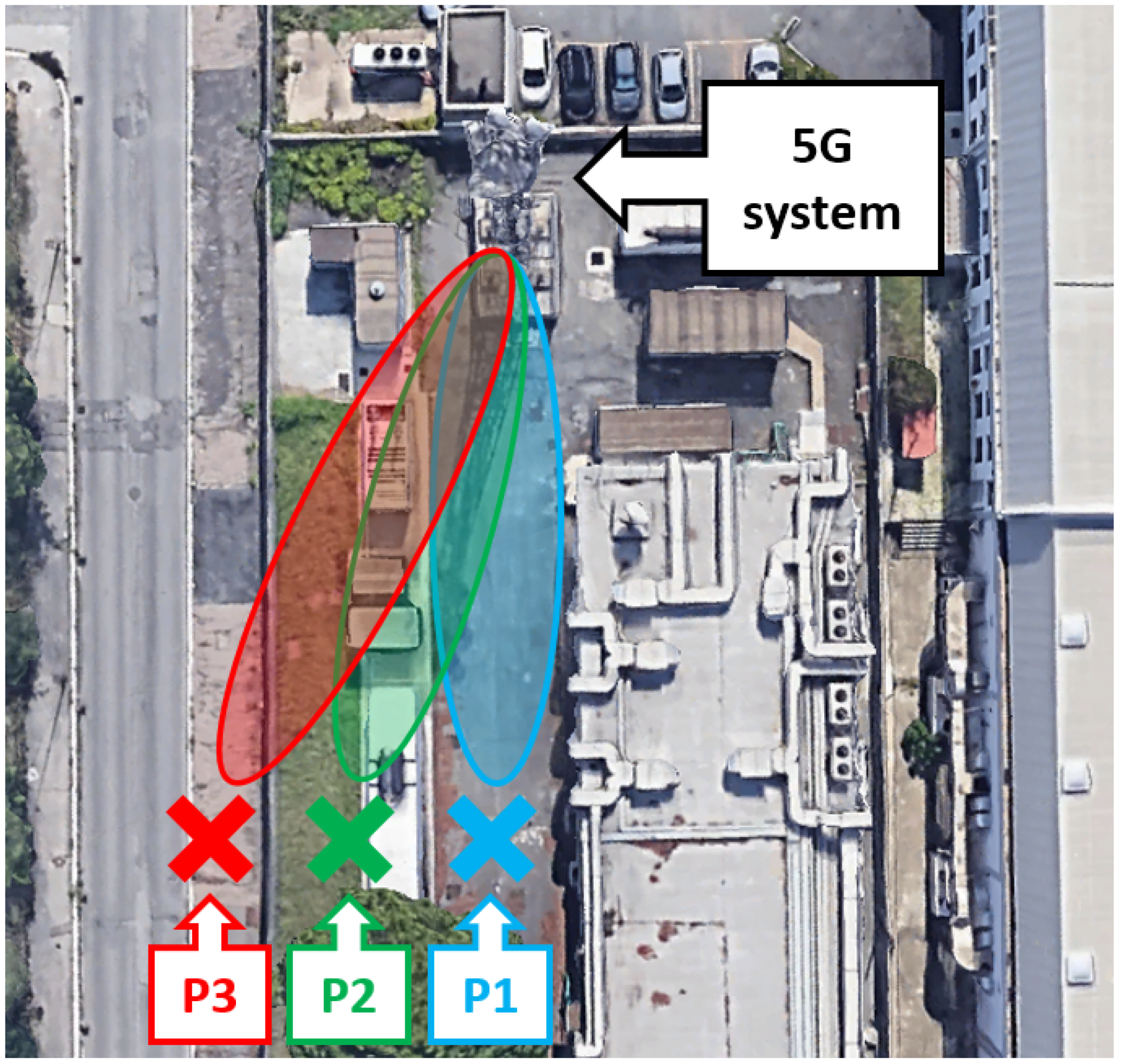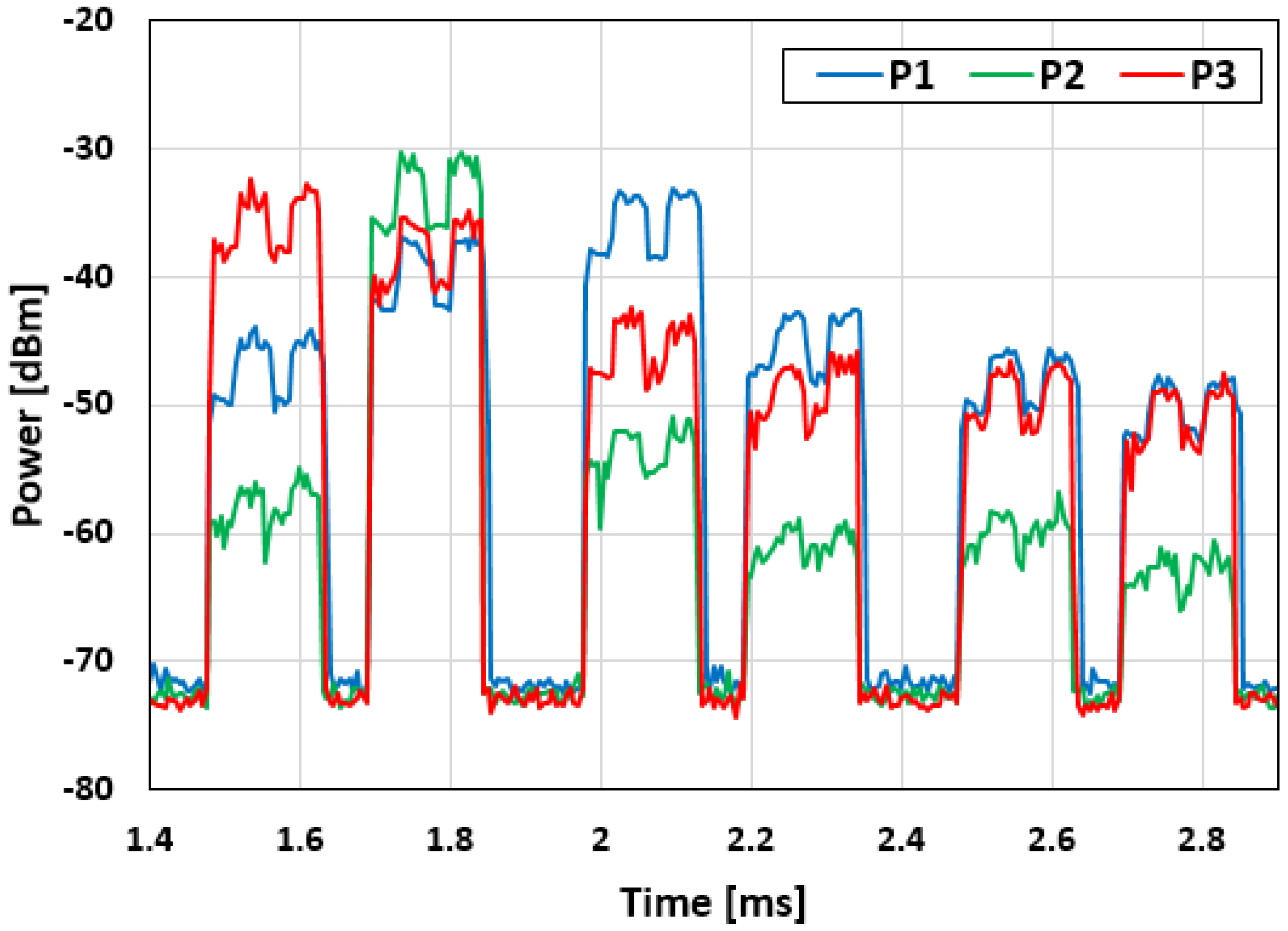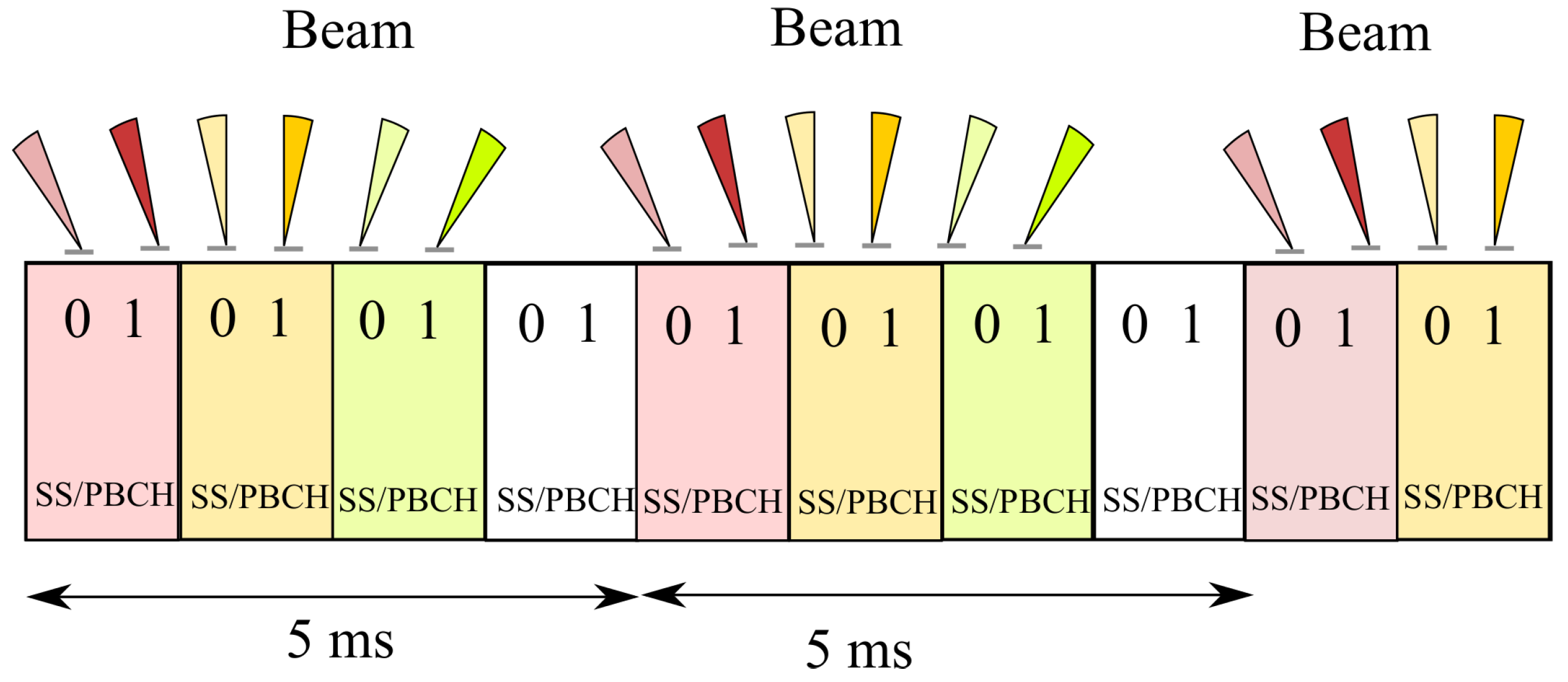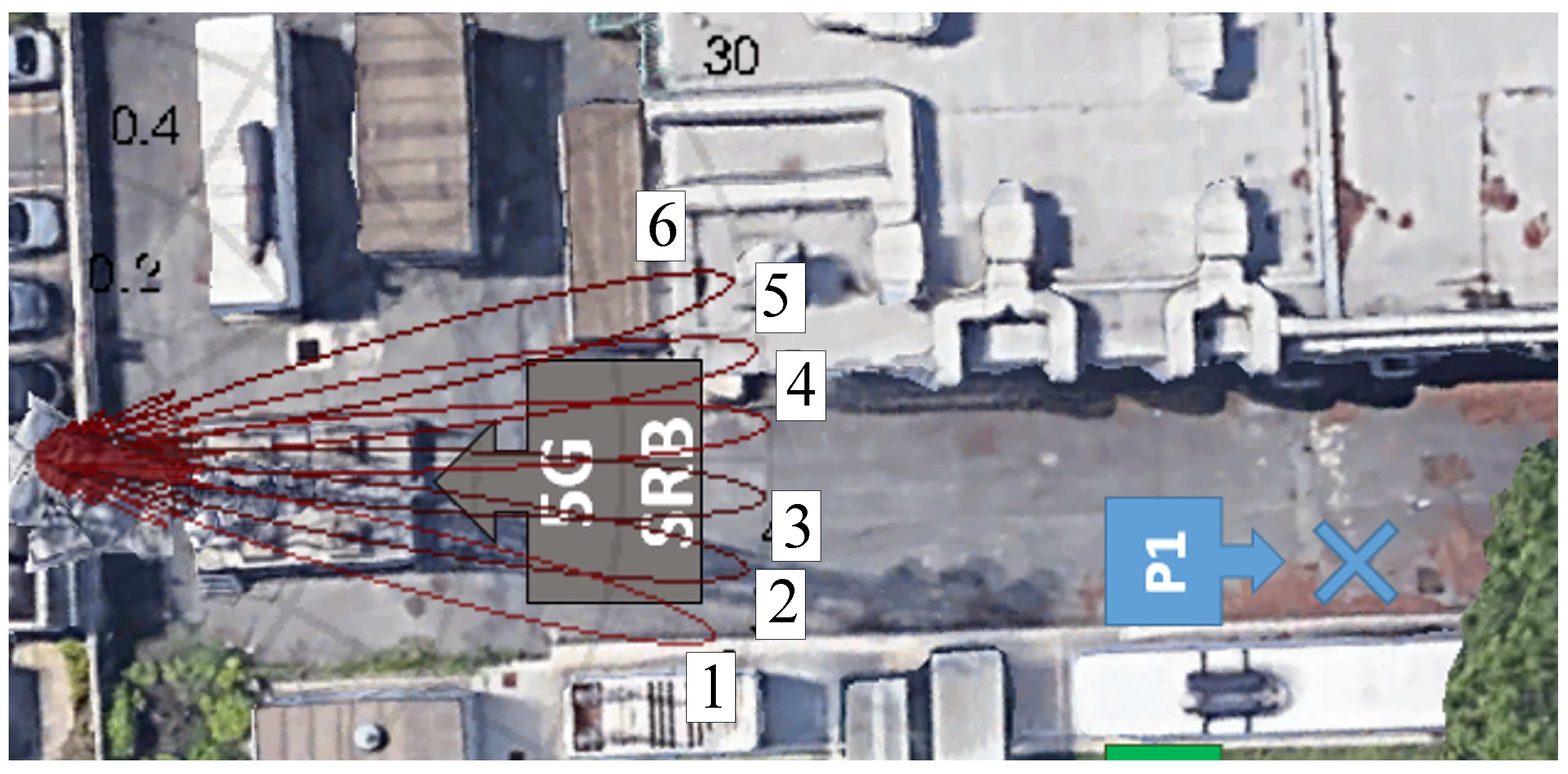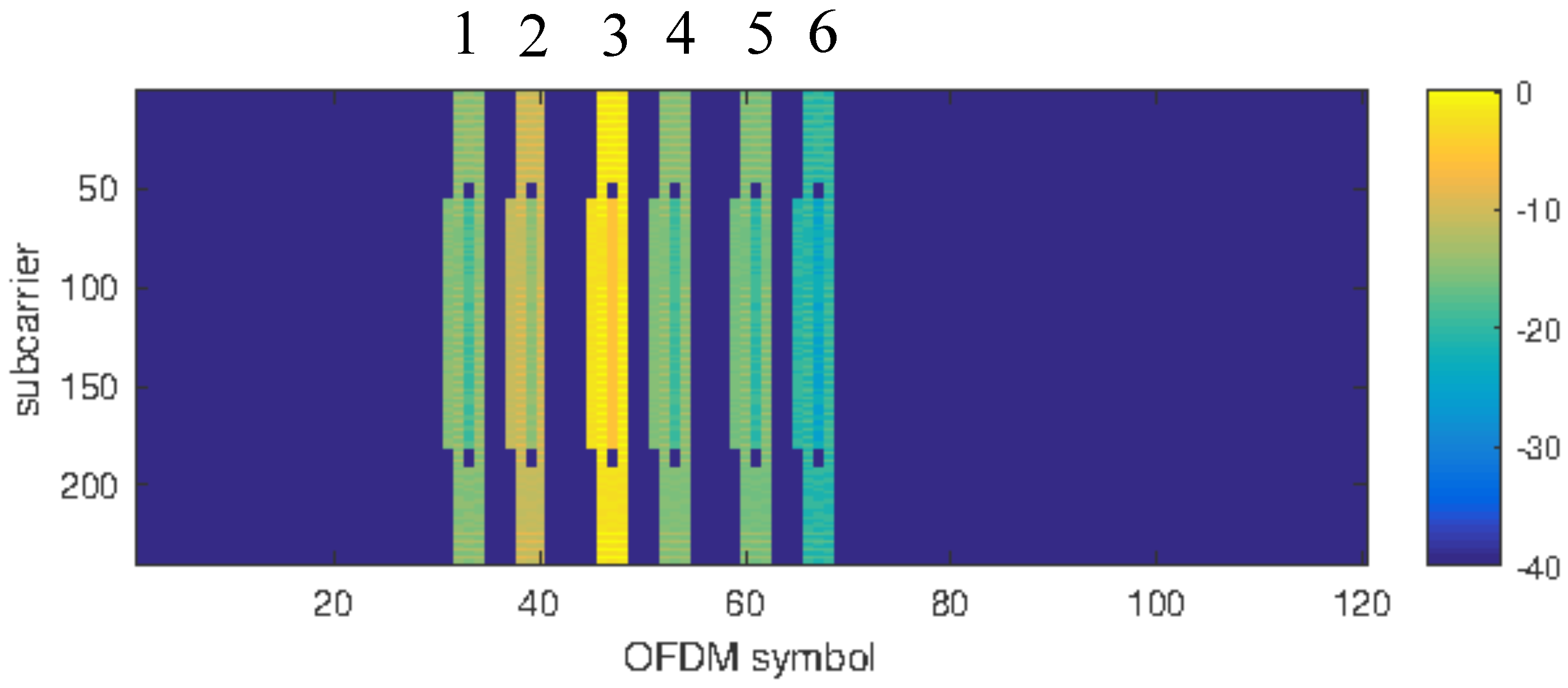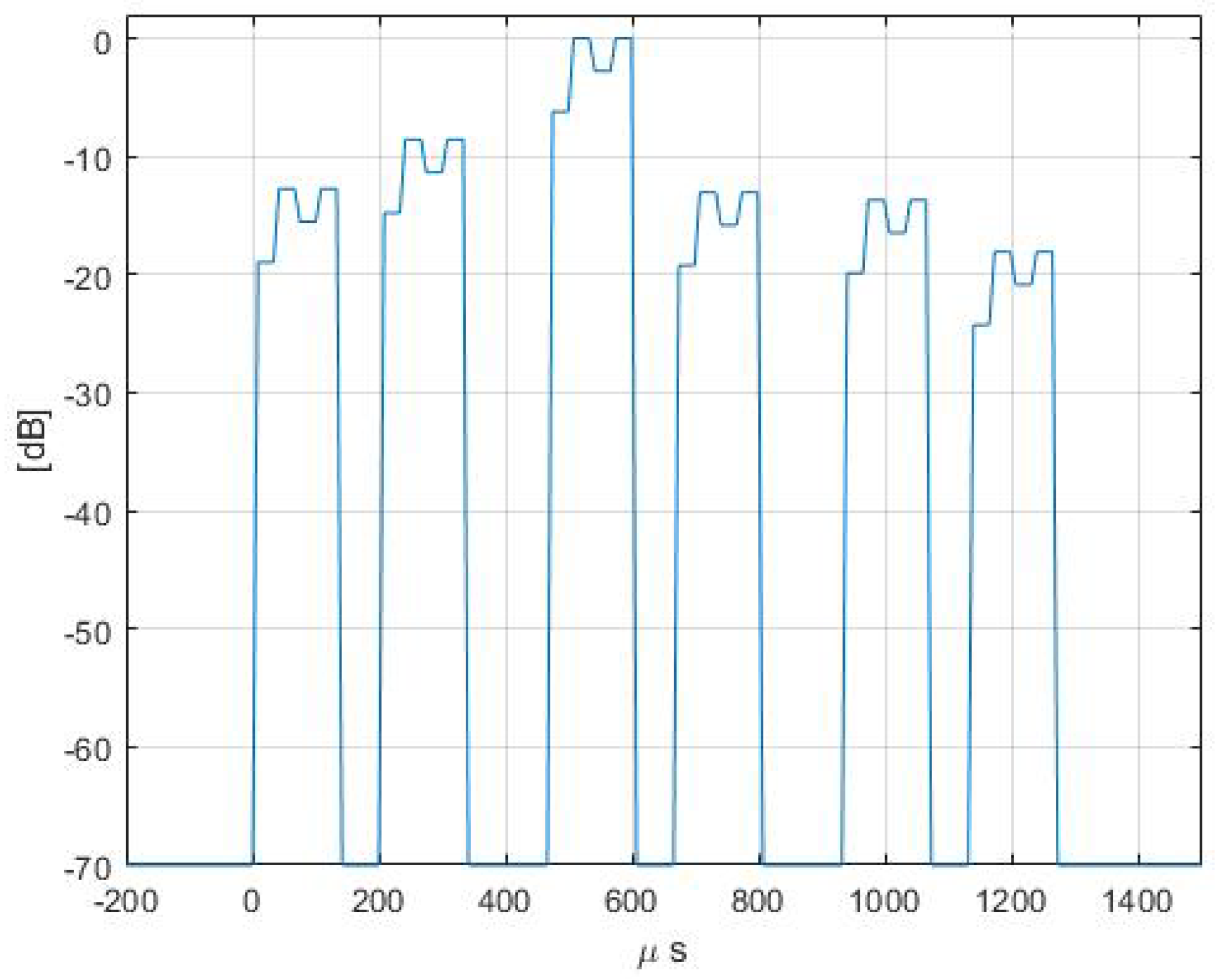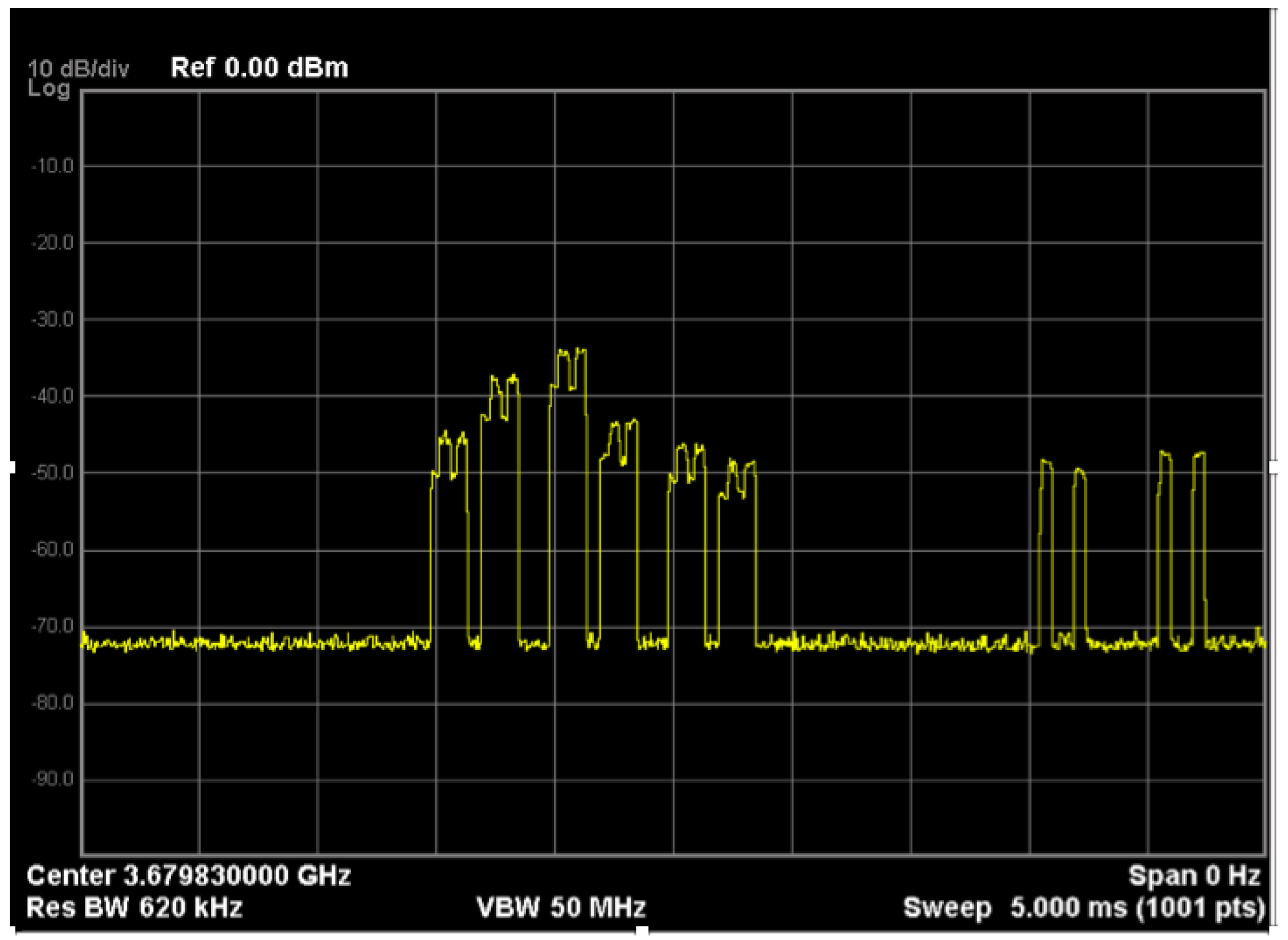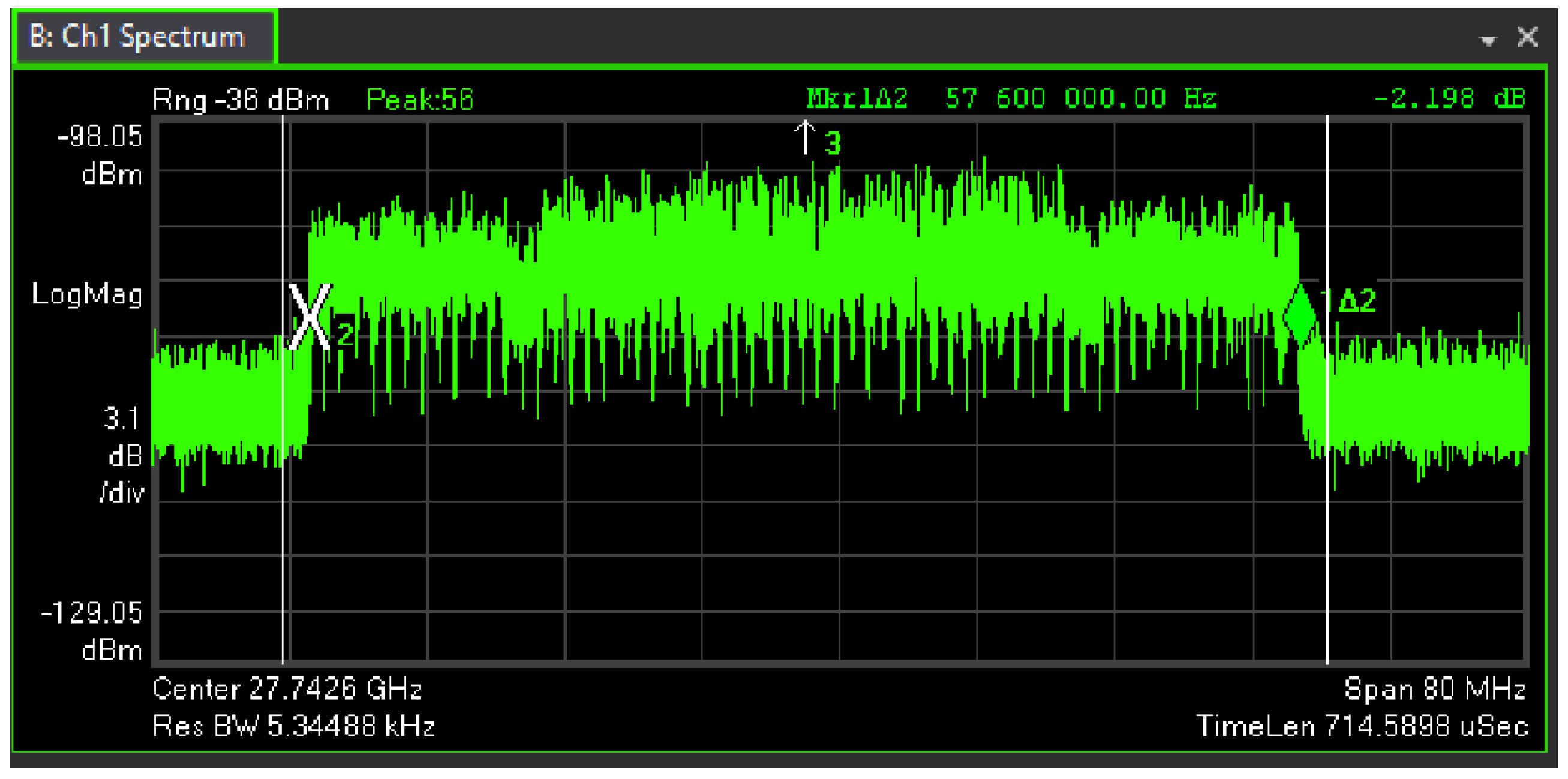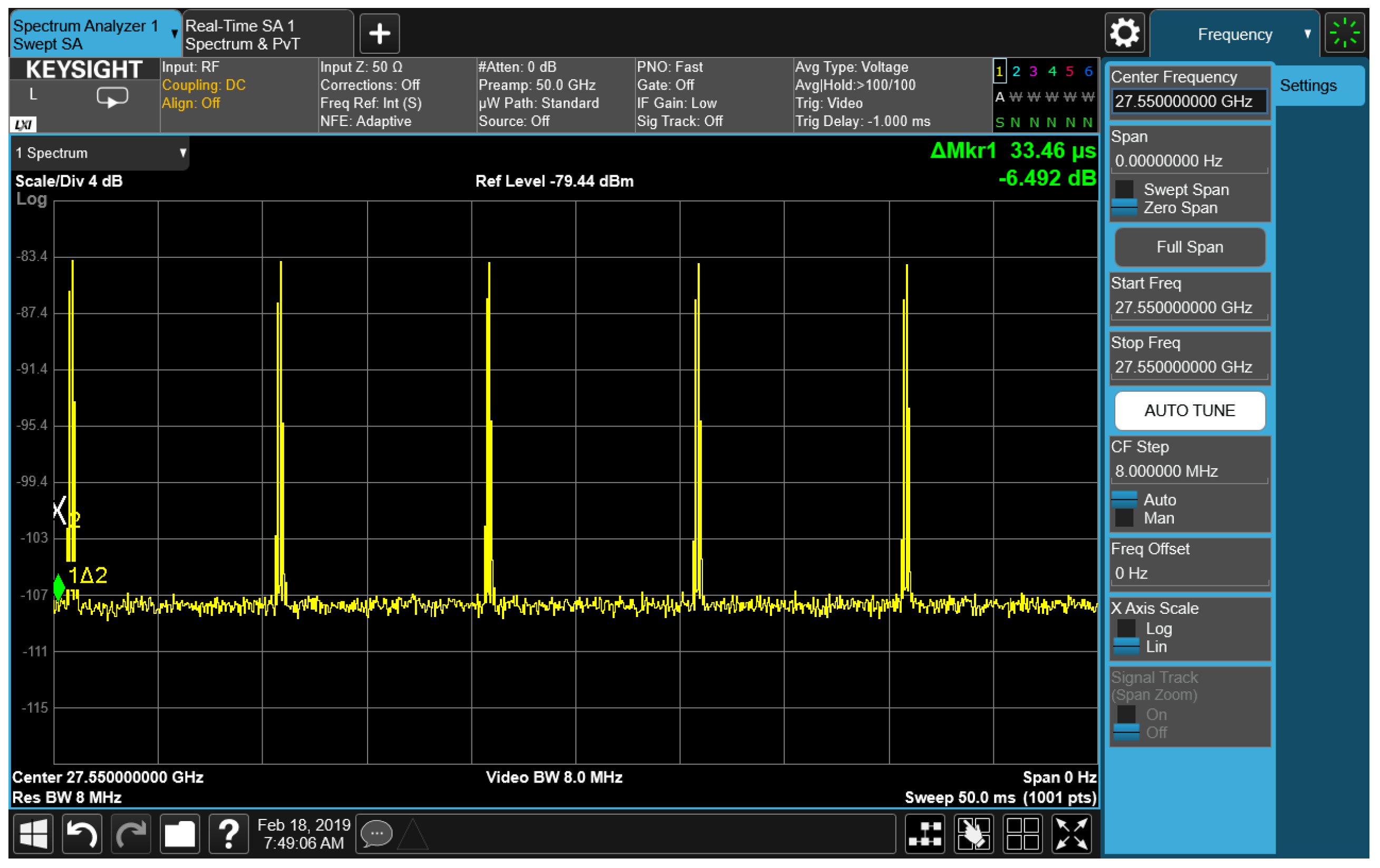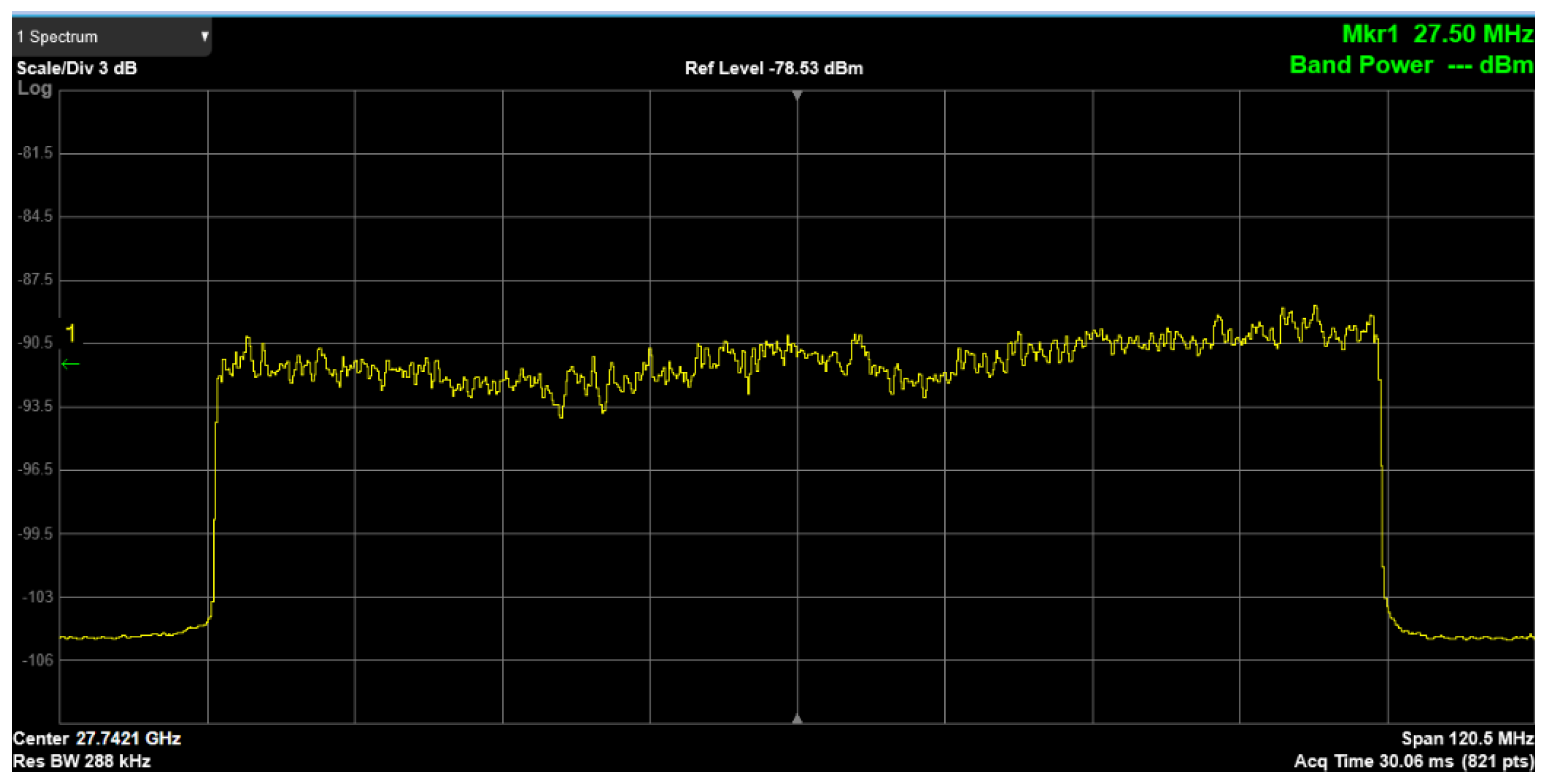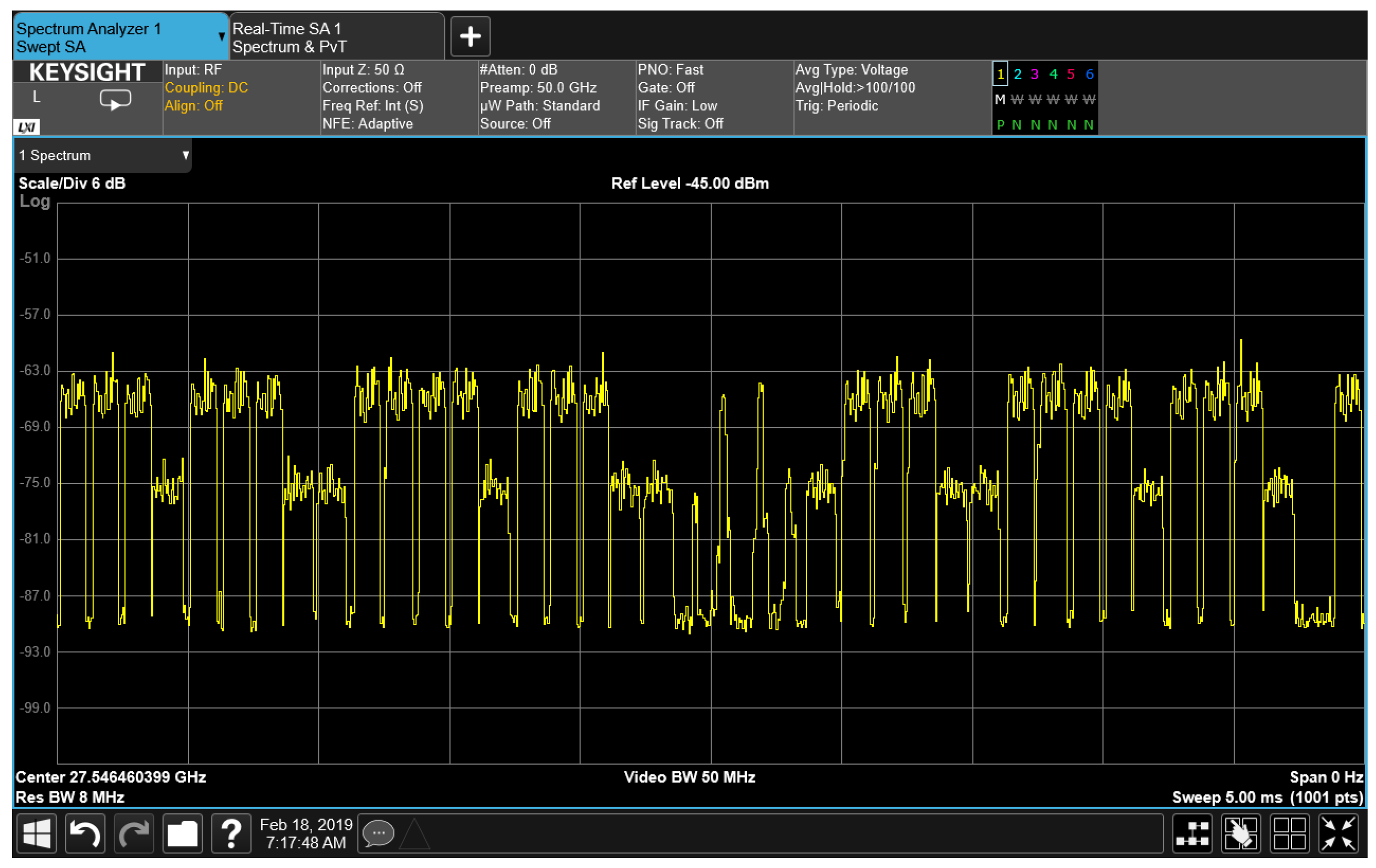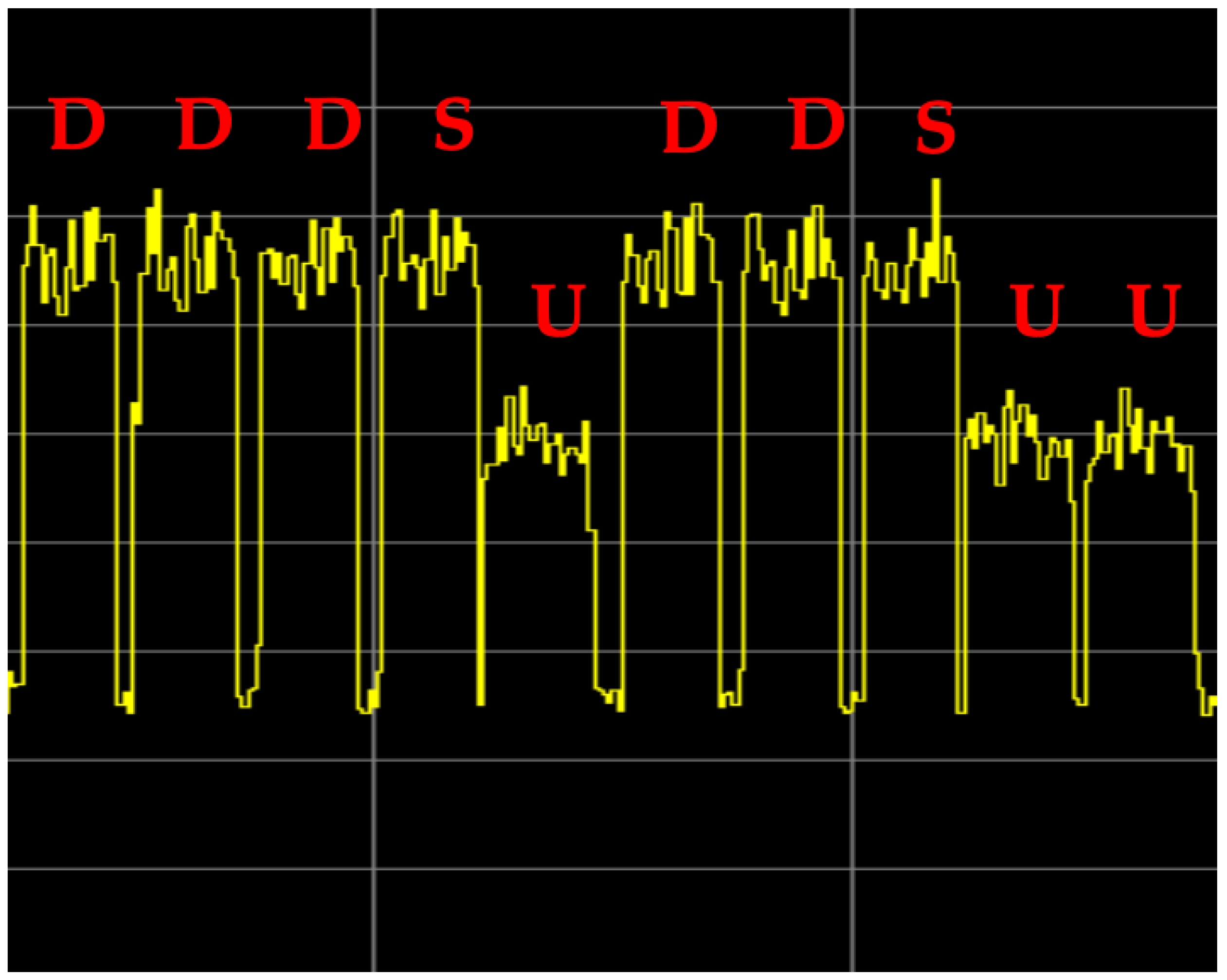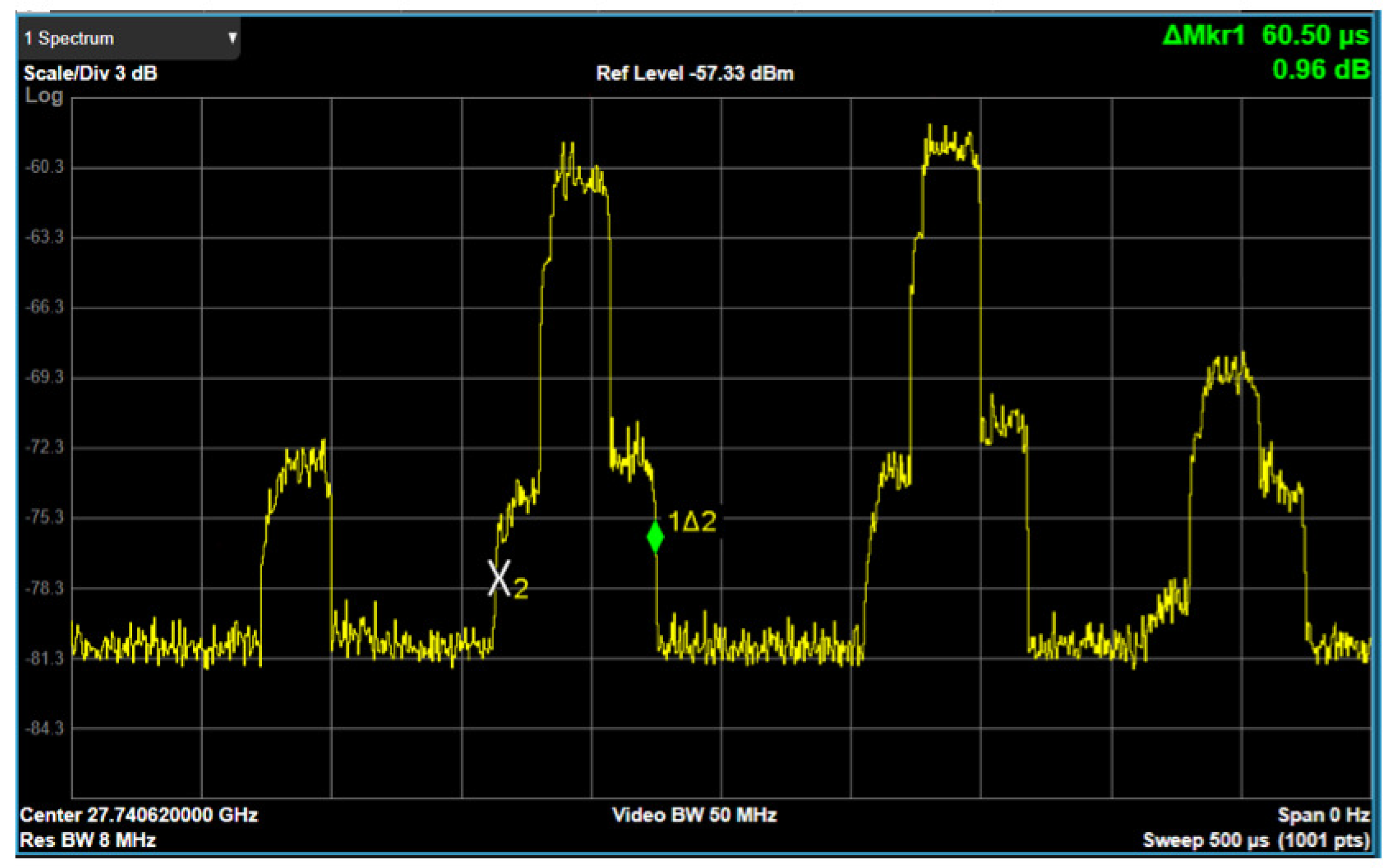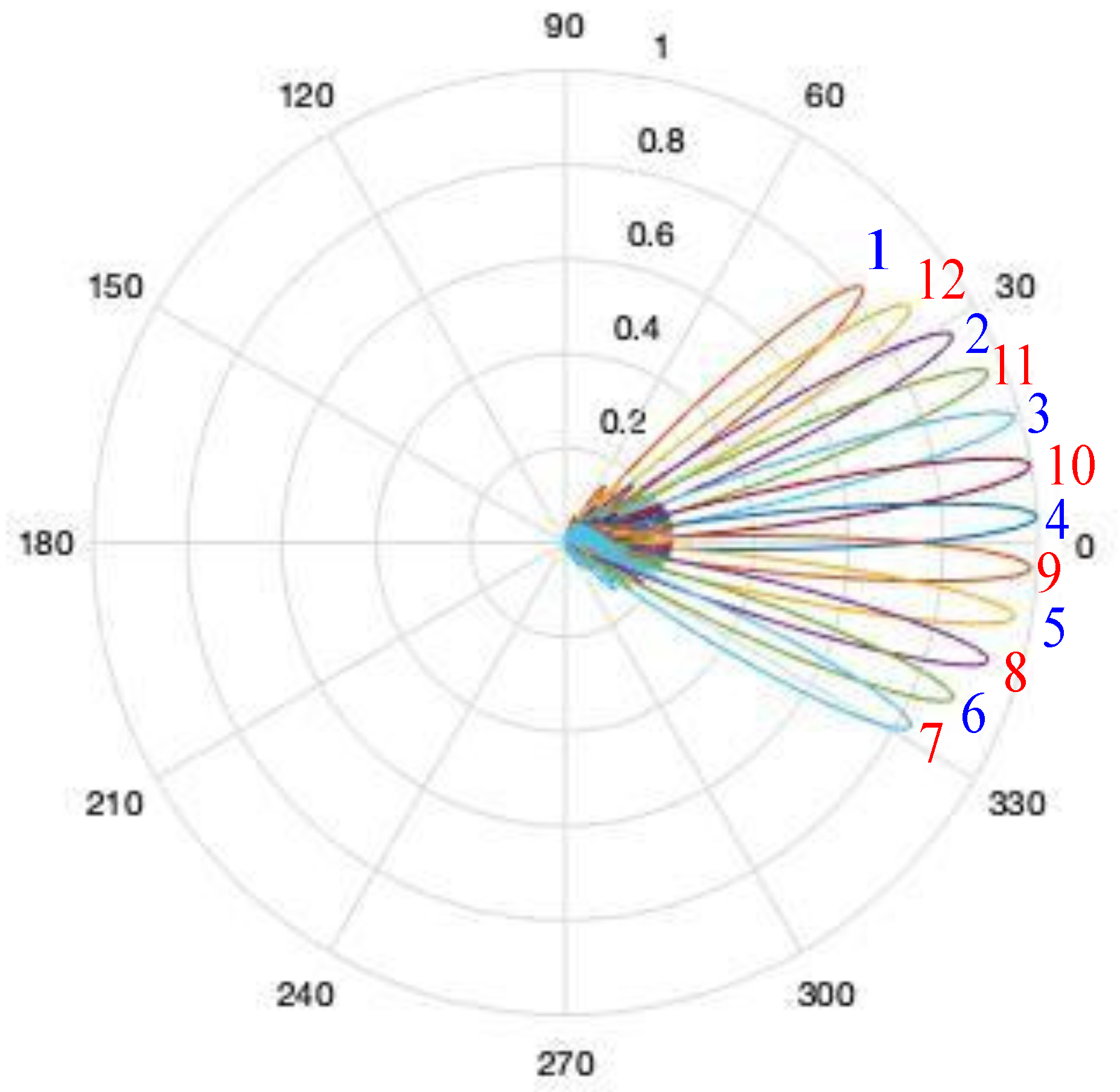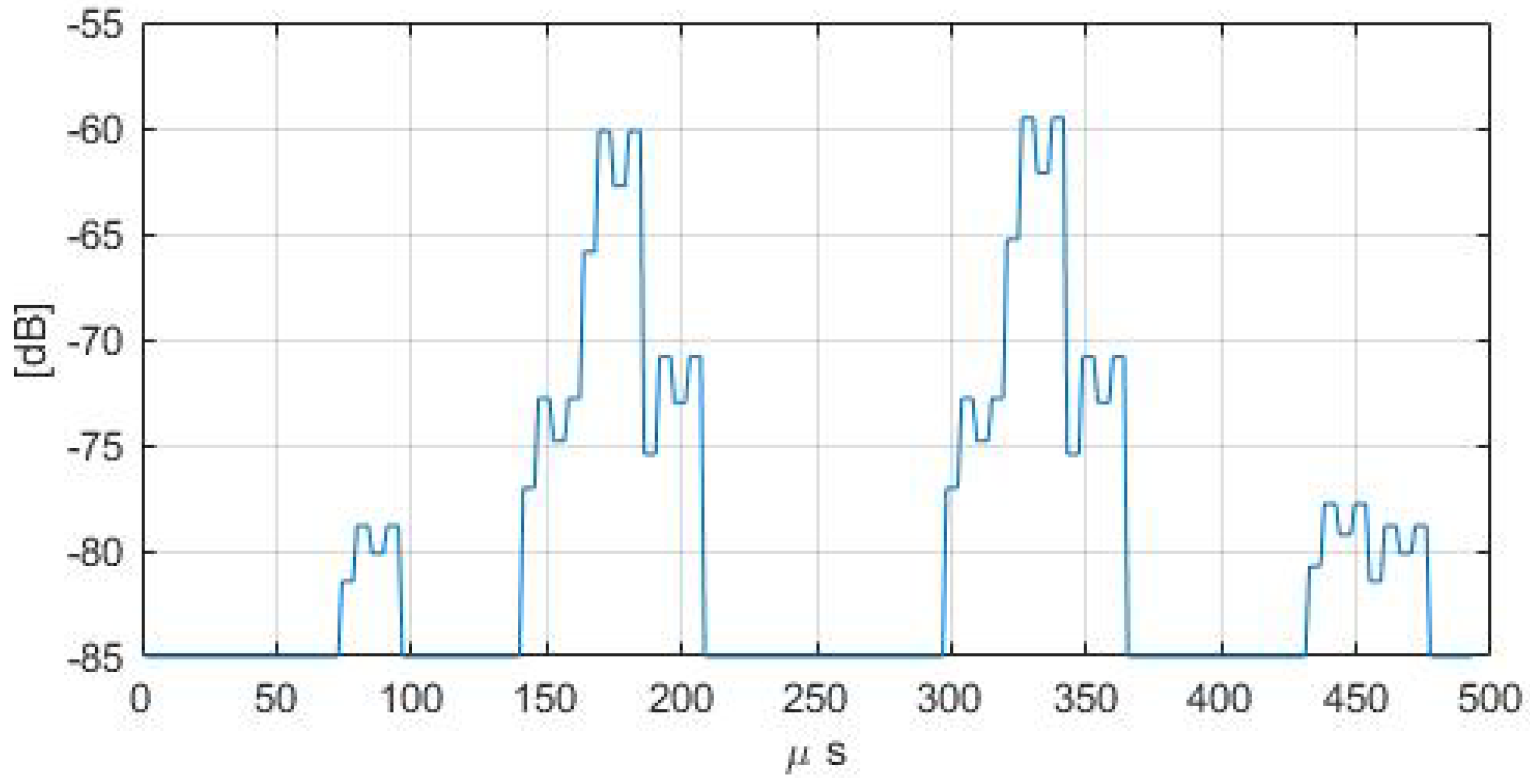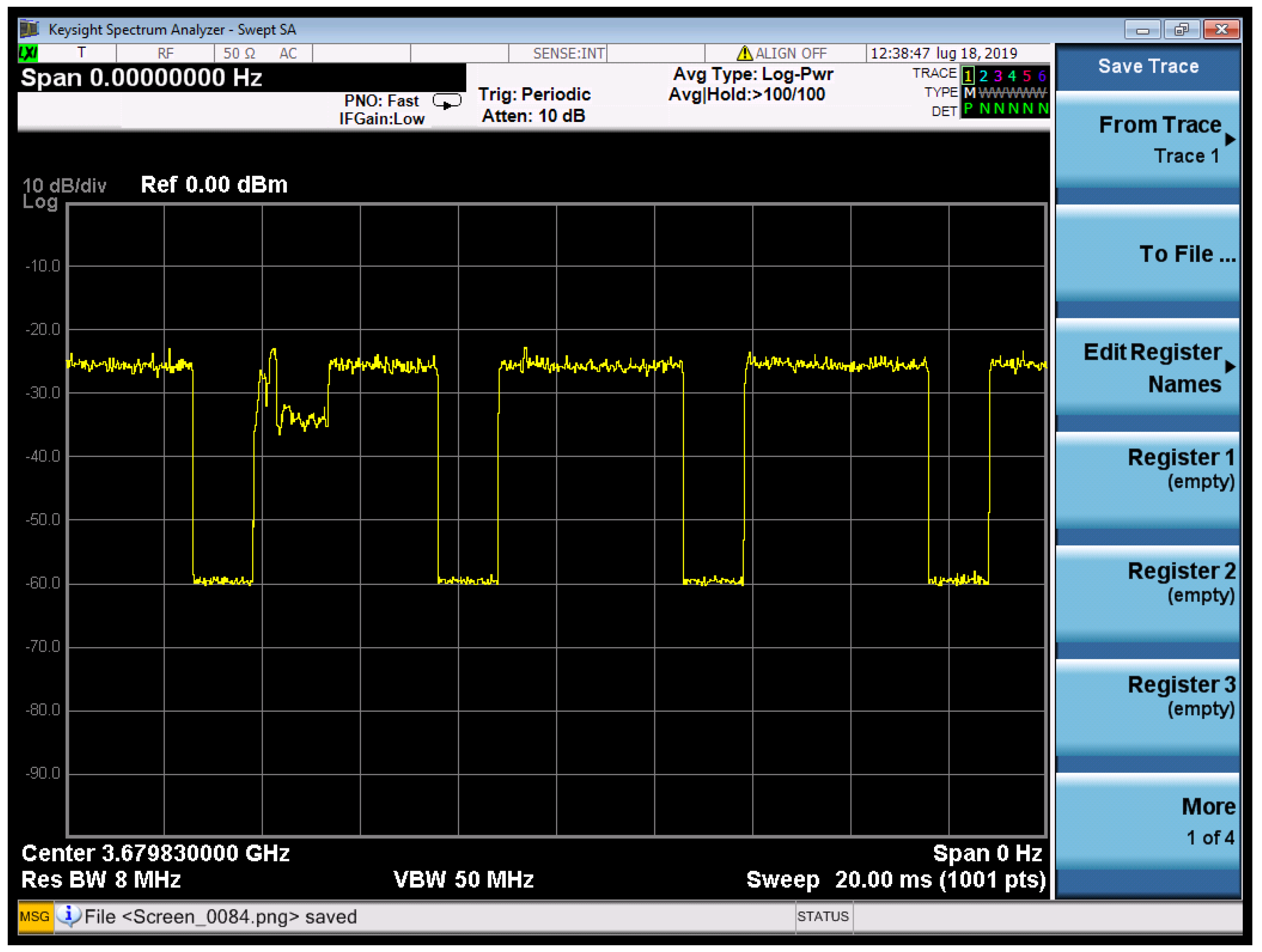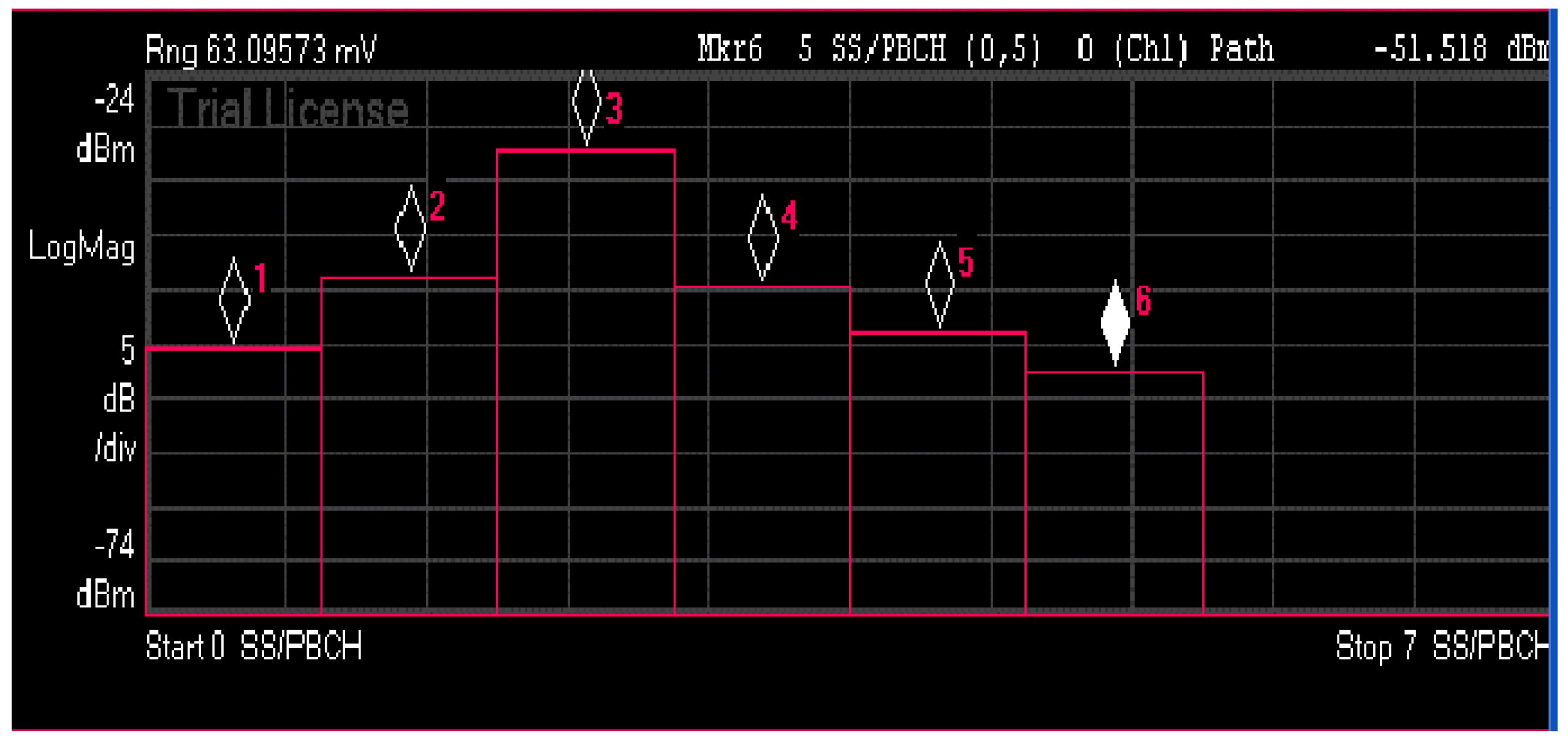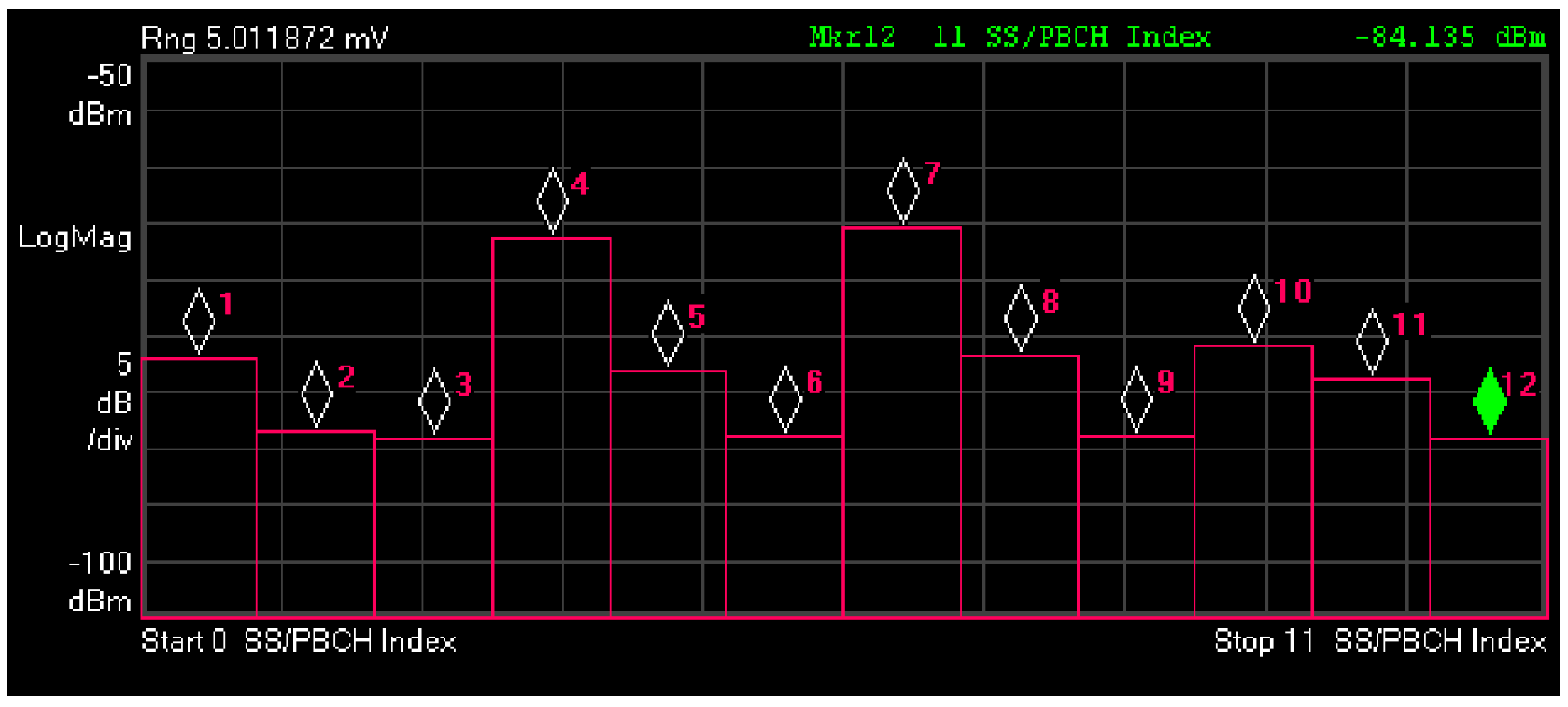Broadly speaking, the different generations of communication networks reflect different views of interconnections in our society. The first generations were developed under a vision of strong human to human interconnections, while the subsequent generations payed an increasing attention toward human-computer interconnection. 5G has been proposed under a vision of an hyperconnected society, where not only all the people but a large number (theoretically all) physical or virtual devices are connected to the network. 5G is supposed to be the backbone of a new society: The Internet of Everything.
In order to reach this ambitious goal, three major classes of applications have been identified for 5G: Enhanced Mobile Broadband (eMBB) for high speed video and data connection, Massive Machine Communication for Internet of Things (mIoT) and Ultra-Reliable Low Latency (URLLC) for real time applications like control systems and game. The main effort in the development of 5G cellular infrastructure is currently focused on enhanced mobile broadband (eMBB) to provide increased data-bandwidth and connection reliability, while mIoT and URLLC, for which market is not sufficiently mature, will be deployed in the next future.
These applications are so different that it is impossible to identify a specific frequency range. In fact, while high bit rate requires high frequency, high frequency is affected by low penetration depth of the field and limited coverage area. Consequently, in order to cover all the three main 5G fields of applications, 5G bandwidth includes the frequencies range 450 MHz–6 MHz (FR1, commonly referred as “sub-6 GHz band”) and the frequencies range in 24.25 GHz–52.6 GHz (FR2, commonly refereed as “millimeter wave band”). Sub-1 GHz band allows to obtain very large coverage areas and deep in-building penetration. Accordingly it is suitable to support IoT services and extend mobile broadband coverage from urban to suburban and rural areas. The 1–6 GHz band overlaps 4G LTE frequencies and consequently it is suitable for initial 5G deployments. In general, this band offers a reasonable mixture of coverage and capacity. Finally, the ’millimeter wave’ band provides significant capacity thanks to the very large bandwidth that can be allocated to mobile communications and thus enables enhanced mobile broadband applications.
The 5G technology represents the state-of-art of communication theory, and it is characterized by a sophisticated use of the space-time resources offered by the communication channel.
Loosely speaking, one of the main problems facing any communication system is an efficient use of the communication channel. In order to effectively share this resource among all the users a proper Multiple Access strategy (MA) is required. Many different MA strategies are available [
8], f.i. FDMA (Frequency Division Multiple Access), TDMA (Time Division Multiple Access), CDMA (Code Division Multiple Access), and SDMA (Space Division Multiple Access). FDMA, TDMA, and CDMA allow a smart use of the time/frequency resource of the channel and have been extensively adopted in the previous generations of cellular systems. On the contrary, SDMA allows a smart use of the “space” resource of the channel. Originally introduced in 4G, this technology represents an important key factor in the 5G technology. SDMA techniques include switched-beam antennas, steering antennas, adaptive antennas, Multi-User MIMO and Massive MIMO.
5G represents a huge forward step in the optimal sharing of the available resources among the users. However, the extremely sophisticated and flexible strategies adopted in 5G to transmit data gives an unprecedented complexity in the space-time field configuration radiated by 5G antennas.
2.1. The Use of the Time Resource in 5G Communication Systems
The NR waveform is strictly related to the Multiple Access strategy (MA), i.e., the strategy used to share the communication channel among the subscribers. After a long analysis 3GPP adopted CP-OFDM modulation for both the Down Link (DL) and Up Link (UL) NR transmission [
2,
9]. Basically OFDM is a Frequency-Division Multiplexing (FDM) using many closely spaced orthogonal subcarriers with a proper guard interval to eliminate intersymbol interference [
8,
10]. Each subcarrier is modulated with the chosen modulation scheme. OFDM is used in a multiuser scenario by assigning different OFDM sub-channels to different users, obtaining the so called Orthogonal Frequency-Division Multiple Access (OFDMA), that is basically a special case of Frequency Domain Multiple Access.
An adaptive modulation scheme is adopted according to the quality of the channel and to the importance of the transmitted data. Modulation schemes includes BPSK (binary phase shift keying), QPSK (quadrature phase shift keying), 16 QAM (quadrature amplitude modulation of order 16), 64 QAM and 256 QAM [
10].
As in LTE, the time length of the NR frame is 10 ms and consists of 10 subframes each of them having a time length of 1 ms [
2,
10]. Due to the large spectrum available and the wide range of applications, 5G NR uses a “flexible numerology” characterized by the parameter
. Each NR subframe contains
slots, where
can be 0, 1, 2, 3 or 4 [
2,
10]. Each slot period (having
ms time duration) contains 14 OFDM symbols (12 OFDM symbols in case of extended cyclic prefix). Accordingly, each symbol duration is equal to
ms (
ms for extended prefix) [
10]. As a consequence, the number of symbols contained in a subframe changes according to the
value: Larger
, more symbols in a subframe.
Different numerologies are associated to different OFDM subcarrier distances. In particular, the subcarrier spacing turns out to be
KHz, with
. Subcarrier spacing of 15 kHz, 30 kHz and 60 kHz are used in FR1, while 60 kHz and 120 kHz are used for FR2. The 240 kHz spacing is reserved for non data (signalling) channels. Note that NR uses the same LTE subcarrier spacing for
(15 KHz) keeping a fully compatibility with the previous wireless network generation. A NR carrier is made of up to 3300 subcarriers. The maximum bandwidth of each NR carrier is 100 MHz for sub-6 GHz band (FR1) and 400 MHz for millimeter band (FR2) [
2]. Note that this value is much greater than the LTE bandwidth, that is limited to 20 MHz.
Frequency and time (and space, that will be object of the next subsection) are the resources available at the very low physical level.
At a ‘data’ level, the smallest physical resource is represented by 1 subcarrier on frequency domain and 1 OFDM symbol. This is called a “Resource Element” (RE) [
10]. A Resource Block (RB) consists of 12 consecutive subcarriers. Finally, the Resource Grid (RG) is a representation of the available Resource Elements considering the available subcarriers and symbols.
The internal structure of the resource grid is extremely complex [
10], and its description is beyond the scope of this paper. Among the many data structures, the synchronization signal is particularly interesting in the framework of field measurement for EMF Exposure Limits Assessment, since it allows to obtain a number of useful information on the 5G communication parameters.
In 5G, Synchronization Signal and Physical Broadcast Channel (PBCH) are packed as a single block (
Figure 1) [
10]. More specifically, the Synchronization Signal/Physical Broadcast Channel (SS/PBCH), also called “synchronization signal block” or “SS block” (SSB), consists of a block of 240 subcarriers and 4 OFDM symbols containing the Primary Synchronization Signal (PSS), the Secondary Synchronization Signal (SSS), the Physical broadcast channel (PBCH) and the PBCH demodulation reference signal (PBCH DM-RS) [
10]. SS blocks in downlink frame are transmitted towards UEs at regular intervals based on periodicity set. The SS blocks are grouped in block patterns called SS bursts.
There are five block patterns [
10] which have different subcarrier spacings and are applicable for different carrier frequencies: Case A (15 kHz subcarrier spacing), Case B (30 kHz subcarrier spacing), Case C (30 kHz subcarrier spacing), case D (120 kHz subcarrier spacing) and Case E (240 kHz subcarrier spacing). The maximum number of SS blocks in single burst is frequency dependent, and ranges from 4 or 6 in FR1 to up to 64 blocks per burst in FR2. In (
Figure 2) an example of SS burst is shown. The SS blocks are clearly visible as yellow blocks. This example will be relevant for the FR1 TDD case reported in
Section 3.
2.2. The Use of the Space Resource in 5G Communication Systems
As pointed out in the above sections, a key factor in order to reach the high performance in terms of bit rate, reliability and low latency of 5G systems is the use of SDMA techniques in order to take advantage of the spatial resources offered by the communication channel. This goal can be achieved using sophisticated antenna technologies that can be globally collected in the term “reconfigurable antennas” [
11]. Basically, reconfigurable antennas allow to take advantage of the electromagnetic environment by a proper processing of the transmitted/received signal [
12]. The 5G network supports the use of advanced antennas by means of a number of dedicated signaling procedures [
10] that include SS-B bursts for antenna beam selection, Reference Signal Received Power (RSRP) for dynamic beamforming and Sounding Reference Signals (SRS) for massive multi-user MIMO.
Loosely speaking, reconfigurable antennas are based on a number of radiating elements, eventually organized in subarrays, whose input/output signal is properly processed using analog circuits, digital circuits or an hybrid of the two solutions [
11]. Reconfigurable antennas are not new in the antenna community [
10,
13], but their cost has prevented their use in non-military applications. The introduction of these antennas on the marked is strictly related to the development of low-cost solutions [
14]. Consequently, different generations of antenna technologies are expected to be introduced in 5G systems depending on the technological advances in antenna production. In the following a brief review of possible antenna technologies for SDMA is presented.
In order to describes the solution proposed for 5G antennas, it is useful to link the antenna technology to the final goal of the communication system, that is the maximization of the information reliably transmitted to the receiver.
The least upper bound of the bit rate reachable in a channel affected by noise and interference (both modeled as Additive White Gaussian Noise (AWGN) for sake of simplicity) is given by the well known Shannon channel capacity [
8]:
wherein
B is the bandwidth of the signal,
is the gain of the transmitting antenna toward the receiver,
and
are the angles associated of the receiver position in a proper spherical system centered on the transmitting antenna,
is the Signal Interference plus Noise ratio,
N and
I are, respectively, the noise power and the interference power, and
is the response of the channel. In the above model the receiving antenna gain has been included in
in order to focus the attention on the role of the gain of the transmitting antennas.
The standard fixed-beam antennas used in the base stations until the 4G generation are fan-beam antennas with a gain around 16
(
Figure 3(a1,b1)).
The simplest and “cheaper” reconfigurable antennas is the beam-switched antenna [
15] shown in
Figure 3(a2,b2). It gives a number of beams covering a desired angular range using pre-fixed weights for the radiating elements, giving a number of possible gain functions
. This allows to obtain a higher SNR (Signal Noise Ratio) at the receiver, increasing the throughput of the communication system compared to a standard fan-beam antenna. Switched beams in vertical direction are used to mitigate the problems affecting lower bit rate available at the border of the cells (
Figure 3(b2)). For this application, generally a small number of beams are required. Switched beams in horizontal direction (
Figure 3(a2)) are mainly used to selectively illuminate narrow angular region, and a larger number of beams are generally required. Furthermore, different beam widths can be used (
Figure 3(a3,b3)), allowing a further flexibility in the use of space resource. Switched beam is a relatively simple technology, that however has some drawbacks, since a finite number of fixed beam configurations causes a ripple in the received power associated to the shape of the pattern, and hence a variation of the channel capacity with the angular direction of the receiver.
The beam-steering antennas [
11,
15] (
Figure 3(a4,b4)) avoid this problem by steering the main beam toward the receiver. This technology required to evaluate the weights on the radiating elements in real time. A drawback of this solution is that power is radiated along the direction of the sidelobes of the antenna, causing interference with other users, or receiving interference from other base stations using the same frequency resources.
This problem can be solved using adaptive antennas [
11,
13], (
Figure 3(a5,b5)), that are able to synthesize at the same time the main lobe toward the desired user and nulls of the beams toward the other users or base stations, avoiding interference. Adaptive antennas are currently extensively used in military RADAR and communication systems.
All the above approaches offer an improvement of the SNR or of the SINR. However, the Shannon formula shows that a linear increase of the SNR gives only a logarithmic increase of the received power.
MIMO (Multiple Input Multiple Output) [
8,
12] technology starts from a different perspective. In order to increase the channel capacity MIMO creates a number of ’spatial’ parallel communication channels, let
M be, on the same physical channel, obtaining a channel capacity (in case of No Channel State Information [
8]) equal to
wherein
is the Signal Noise Ratio associated to the
k-th communication channel. If
we have
i.e., a linear increase of the channel capacity. An intuitive explanation of the way of working of MIMO systems is shown in
Figure 3(a6). The antenna radiates in presence of two obstacles. The reflections from the obstacles cause paths that can carry information. The three paths shown in the figure can potentially transmit 3 data streams at the same time. It is important to stress that this is only a rough intuitive explanation. In reality, the antenna radiates a complex field configuration wherein the data streams are mixed in a complex way. The interested reader can find a simple introduction of the physical bases of MIMO systems in [
16,
17] while a more rigorous analysis from a physical perspective can be found in [
18].
From a circuital point of view, MIMO antennas are antennas whose radiating/receiving elements are connected to different TRM (transmitting receiving modules) in order to separate data streams associated to different MIMO spatial channels. It is useful also to note that the effectiveness of MIMO systems depends on the values of , i.e., on the effective number of MIMO channel. In real applications, the number of effective channels rarely exceeds 5 or 6.
Even if MIMO was originally developed for Single-User application (SU-MIMO), it was quickly realized that this technology can be extended in case of Multi-User applications in order to reduce or to avoid the problem of interference in the cell, obtaining a number of solutions known as MU-MIMO (Multi-User MIMO) [
8].
More recently Marzetta proposed the use of a very large number of radiating elements (theoretically unlimited) at the base station [
19]. The use of a number of antennas much larger than the number of users allows to take advantage of some mathematical properties of large matrices, (asymptotically) assuring the absence of interference also in case of non cooperative users. This triggered a huge research on large antennas, called also Massive MIMO. A multimedia-simulation of the field radiated by 5G Massive MIMO antennas in a dynamic environment is also available at [
20]. It must be also noted that the term Massive MIMO antennas is currently adopted on the market for antennas with a large number of elements. Consequently, with the name of ’Massive MIMO’ vendors often indicate also switched antennas or beam-steering antennas.
EMF measurement in communication systems using sophisticated SDMA technique is a new field of research. The 5G systems tested in the research discussed in this paper use switch beam antennas, and the discussion reported in following sections is limited to this technique. Measurement of MU-MIMO represents a much difficult technical problem. Loosely speaking, in MIMO systems the electromagnetic field spatial distribution is modulated according to transmitted information. Consequently, the amplitude of the field in a spatial point fast changes in an almost random way. The time scale of these variations is at the level of a symbol, and therefore much faster than the coherence time due to the temporal fading. Similarly, the spatial variation of the field is generally faster than the coherence distance related to spatial fading. The EMF measurement techniques for MIMO are not yet available, but probably will be largely based on statistical approaches.
